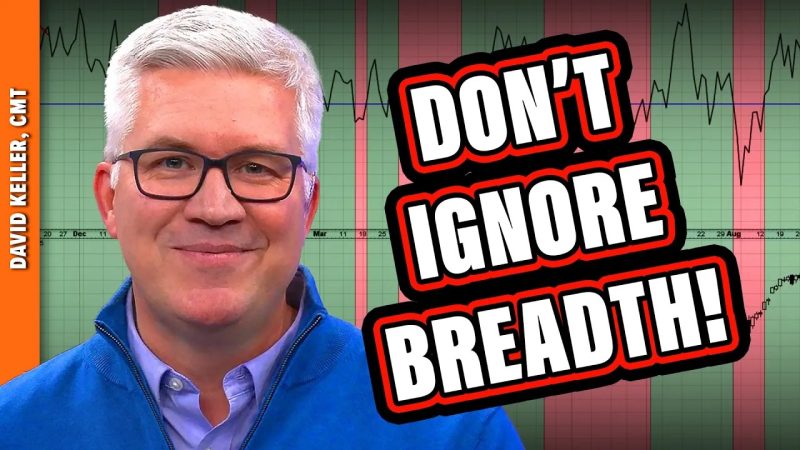1. **Moving Average Convergence Divergence (MACD):**
One of the most popular breadth indicators is the Moving Average Convergence Divergence (MACD). It measures the relationship between two moving averages of an asset’s price to identify potential trend reversals. Traders look for crossovers between the MACD line and the signal line to determine buy and sell signals. A rising MACD suggests bullish momentum, while a declining MACD indicates bearish momentum.
2. **Advance/Decline Line:**
The Advance/Decline Line is another essential breadth indicator that tracks the number of advancing and declining stocks in a given market. By analyzing the overall breadth of the market, traders can gauge the underlying strength or weakness of a trend. A rising Advance/Decline Line confirms a healthy market rally, while divergence between the index and the A/D Line may signal a weakening trend.
3. **McClellan Oscillator:**
The McClellan Oscillator is a momentum indicator that measures market breadth by tracking the difference between advancing and declining issues across a specified time period. A positive McClellan Oscillator suggests a bullish market environment, while a negative reading indicates bearish sentiment. Traders use the oscillator to identify overbought or oversold conditions in the market.
4. **New Highs/New Lows Index:**
The New Highs/New Lows Index measures the number of stocks hitting new highs versus new lows over a specific period. An increasing number of new highs relative to new lows indicates a strong uptrend, while a shift towards more new lows suggests a potential downtrend. Traders monitor this indicator to confirm the strength of a prevailing trend or to detect early signs of a reversal.
5. **Breadth Thrust Indicator:**
The Breadth Thrust Indicator is a powerful tool that identifies rapid shifts in market momentum. It compares the number of advancing stocks to the total number of advancing and declining stocks to determine market breadth. A sudden surge in the Breadth Thrust Indicator indicates strong buying pressure and often precedes significant market rallies. Traders use this indicator to capture explosive price moves and confirm the sustainability of a trend.
By incorporating these top breadth indicators into their trading strategy, investors can gain valuable insights into market breadth, identify potential trend reversals, and make informed trading decisions. Keeping a close eye on these indicators can help traders navigate volatile market conditions and stay ahead of the curve in the ever-changing financial landscape.


































